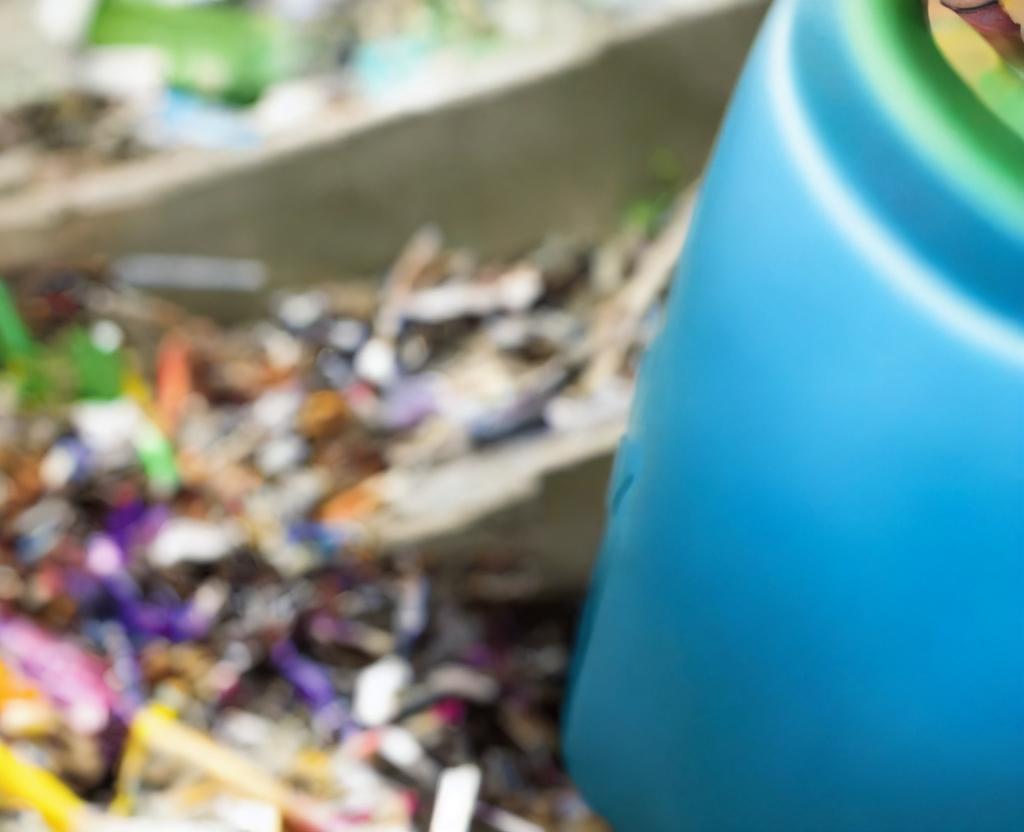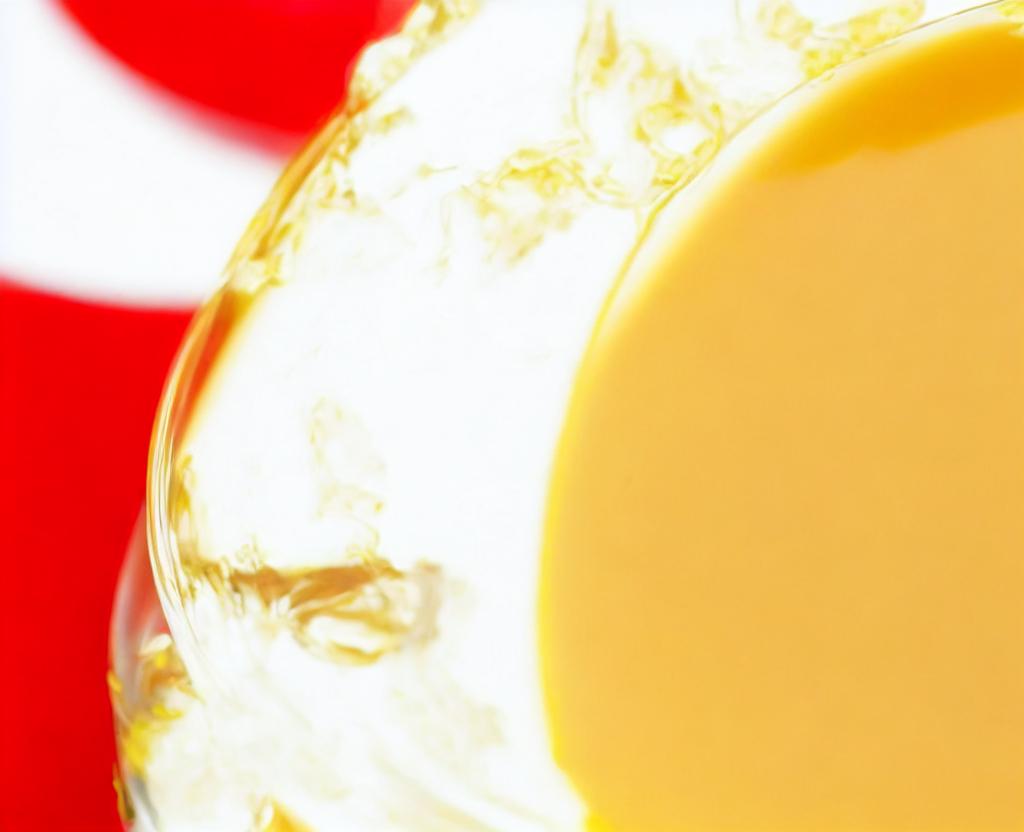
National Rendering Day
On April 21, we are commemorating by raising the barometer's day by reducing unnecessary waste by a process known as rendering.
#nationalrenderingday
About half of an animal is inedible, according to North Americans. This leaves a lot of leftover material that ends up as food waste.. We learn about how we can eliminate material waste, what rendering means, and why using the rendering process is the correct option on National Rendering Day.
Rendering converts waste from restaurants into usable products, as well as used cooking oil (uco) from restaurants. short for agricultural rendering, the rendering process converts waste into usable product
Rendering shows respect and resiliency, particularly for the cattle raised by farmers with care. In fact, rendering shows respect for the animal by purposely using everything from the animal.' In other words, no part of the animal goes to waste. rendering reduces our food production footprint by offsetting the environmental impacts of animal agriculture on animal agriculture.
Rendering process
For countless new products, the rendering process converts and upcycles what would have been food waste into safe, clean, and valuable raw materials. People are secure in knowing they are making a responsible choice by using items made from upcycling rendered material because rendering saves landfill space and recycles 99% of unwanted waste. Once the rendering process is complete, the components can be used in sustainable manufacture of new products. Items that are new to this day are converted into common everyday items, such as:: These new products are converted into: These new products are turned into everyday necessities, such as::
- Safe and nutritious pet food and animal feed are available in a variety of forms.
- The household and industrial products are among the household and industrial products.
- Biofuels
- Renewable diesel
An eco-friendly option that is also a green-friendly alternative
Rendering is both economically and environmentally sustainable and it supports all three pillars of sustainability: environmental, socioeconomic, and economic. endering reduces: As a high-quality process, rendering reduces: rendering reduces: As a result of a high environmentally sustainable process, rendering reduces: As a result of a high-quality process, rendering reduces: rendering reduces: As a result of a high-quality process, rendering reduces: rendering reduces: As a result of a highly reducing process..
- Food waste
- Saves landfill space
- Reduces GHG
- Reclaims and returns clear water. Reclaims and returns clean water
- Hundreds of recycled products are available
More than 62 billion pounds of rendered raw materials are produced in the United States and Canada each year, according to statistics published in 2020. We can produce approximately 31.4 billion pounds of rendered products each year as a result of rendering techniques, thus keeping it out of landfills.
Environmental impacts on climate change have a direct effect on climate change
Rendering has decreased greenhouse gas (GHG) emissions by 72%. 80% lowers fossil fuel use by 80% in comparison to petroleum diesels. In addition,, it also stops at least 90% of the potential GHG emissions when compared to industrial composting. Reneshing is the GHG reduction equivalent of removing approximately 18.5 million vehicles off the road each year, in other words.
By rendering, water quality can also be enhanced. During the refining process, billions of gallons of water are recovered, which is then released back into the atmosphere. The water returns as clear water to local rivers and streams as clean water. Since returning to its original location, in fact, the rendering process of water meets and often exceeds federal, state, and local safety requirements.
Both social and economic impacts are felt on social and economic terms, as shown by the following socioeconomic and economic impacts
Rendering is a financially healthy and community-focused industry, providing career stability and a pledge to community assistance. From coast to coast, many in rural areas, the very act of providing food supports thousands of full-time, stable jobs that support families and local communities. Because of the raw and perceptive nature of the product being processed, local jobs remain local.
Renderers play a vital role in their neighborhoods and wider communities. renderers are deeply embedded in social justice and community service, from assisting the local little league and fire department, to feeding and assisting those in need.
The majority of rendering plants are family owned and operated. Many rendering companies are dedicated and passionate about providing community care and outreach. Plant owners invest a considerable amount of time and money to improve and enhance their sustainability efforts. This commitment ensures that their facilities remain as climate smart and environmentally sustainable as possible. -
Get involved
- Visit a rendering plant or farm to learn about the rendering process.
- Encourage rendering in your community
- Learn the essential truth about rendering and the environmental impacts it has on the planet
- Families and neighbors are encouraged to support rendering efforts in their communities
- Listen to the Invisible Industry podcast to increase awareness and appreciation for rendering's contributions to sustainability and reduced food waste
- You can use #NationalRenderingDay and tagging a renderer you know on social media
A new national day
National Rendering Day (NARA) and the North American Renderers Association (NARA) are excited to announce National Rendering Day, which is celebrated each year on April 21. This day has been established to express appreciation for those who work in the rendering industry. Today, we encourage everyone to recognize and celebrate the numerous environmental benefits of rendering, including the vital role in reducing food waste and overall sustainability..
The NARA is an association that represents the best interests of its members in public, government, and regulatory affairs. Both in national and international markets, the company provides services, programs, and technical assistance to the North American rendering industry. Their mission is to provide sustainable solutions to food, feed, oil, oleochemical, and other clients. Through the production and marketing of their members' products and services, the NARA advocates for a healthy food chain, public health, and the environment.
By fostering the establishment and expansion of trade between foreign buyers and North American exporters, the NARA encourages the increased use of animal by-products. The NARA also has offices in Mexico and Hong Kong in addition to their US-based headquarters.. Market consultants are also located in Brussels, China, Thailand, Vietnam, and Chile. Market consultants are also located in Brussels, China, Thailand, Vietnam, and Chile.







